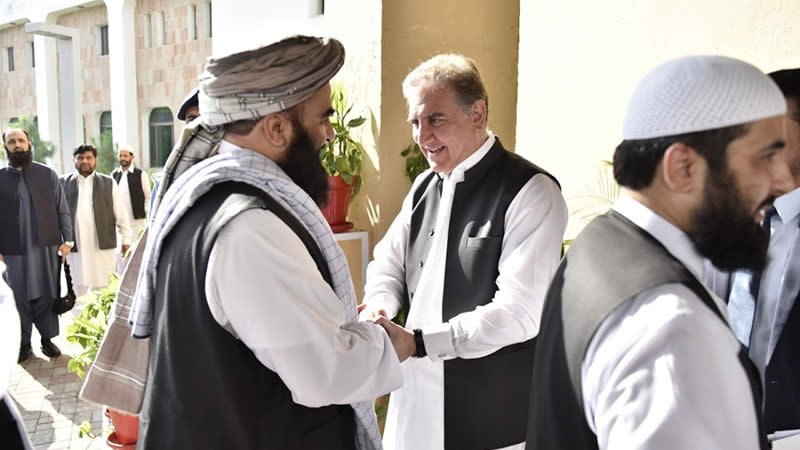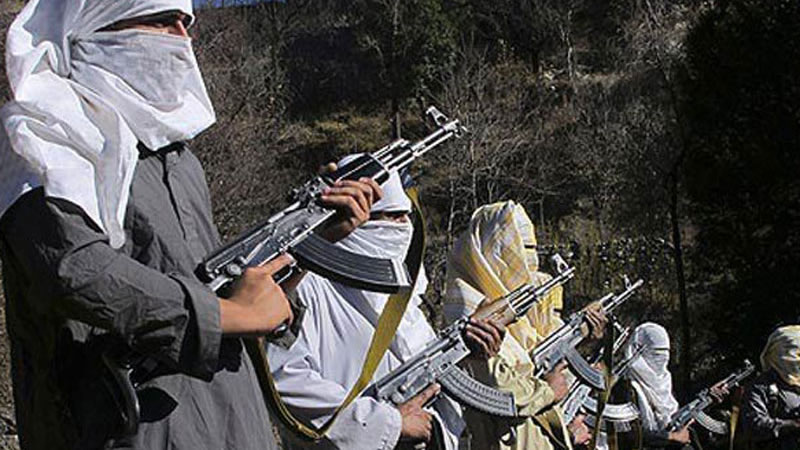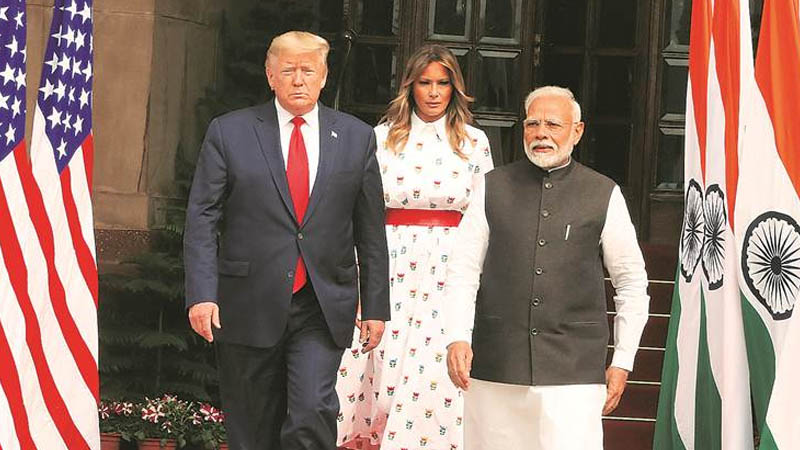 EDITORIAL (December 30, 2010) : Informed sources revealed exclusively to Business Recorder that the budget deficit for the current fiscal year is expected to reach 7.5 percent. This is 0.1 percent higher than the deficit that the incumbent government inherited in 2008. This statistic alone bears ample testimony to two disturbing elements that continue to plague the economy.
EDITORIAL (December 30, 2010) : Informed sources revealed exclusively to Business Recorder that the budget deficit for the current fiscal year is expected to reach 7.5 percent. This is 0.1 percent higher than the deficit that the incumbent government inherited in 2008. This statistic alone bears ample testimony to two disturbing elements that continue to plague the economy.
First and foremost, it focuses attention on the government’s failure to comply with the reform agenda that it committed to in November 2008, as noted in its first Letter of Intent (LoI) submitted to the International Monetary Fund (IMF) board as a prerequisite for the release of the Stand-By Arrangement’s (SBA) first tranche. This does not detract from the obvious fact that some reforms were and continue to be carried out by the government, very painful for the general public.
But it focuses attention on the fact that the very efficacy of these reforms continues to be compromised because the government fails to adhere to other equally critical commitments it made in the LoIs. And, second, it compels one to conclude that the need for foreign assistance is as acute today as it was in 2008.
Contrary to what it claims in public, the government has failed to comply with not one, the failure to implement the Reformed General Sales Tax (RGST), but three other conditions:
(i) completion of gradual implementation of a single treasury account has yet to be implemented – an implementation which was expected to involve, as per the LoI, the “consolidation of government funds in its account with the SBP, from which withdrawals will be made only when actual payments are due. Existing funds held outside the SBP account will be transferred by end June 2009”;
(ii) financing of the budget from the central bank has continued and government borrowing, a highly inflationary policy, is expected to increase to 600 billion if the present 2 billion rupees a day borrowing from the central bank continues; (iii) failure to implement power sector reforms at the pace specified by the International Financial Institutions (IFIs).
Sources revealed to Business Recorder that the 30 billion rupee power sector subsidy envisaged in the budget for the current fiscal year 2010-11 was first enhanced to 67 billion rupees and may well reach 215 billion rupees by the end of the current year; and this is in spite of the government’s announcement that it would increase tariffs by 2 percent per month for the rest of the year.
At the same time, the government’s revenue generation capacity has been compromised. The reason, government supporters may claim, is due to non-implementation of the RGST. This contention can easily be challenged as the RGST, in the first year of its levy, is not expected to be a major revenue earner, especially given the recession globally as well as in Pakistan. If one adds the element of continued load shedding, a major input for most productive sectors, as well as high cost of doing business in the country, a VAT would hardly be expected to raise revenue in the current fiscal year.
In addition, focus on the RGST by the economic managers was inexplicable as the government could have increased the two taxes that are currently levied in the value added tax mode – sales tax and excise duty – without going to the parliament. Critics also lament the fact that the government has not undertaken measures to enhance existing revenue by bringing into the tax net rich landlords and Pakistanis who earn their income and/or bank their moveable and immoveable assets abroad.
The budget for the fiscal year envisaged a decline in total external loans: from 450 billion rupees in the revised estimates for 2009-10 to 287 billion rupees in the current year. This decline was premised not on a strategy focused on reducing dependence on foreign aid but on the government’s ability to access foreign loans given the IMF’s increasing concerns over failure to conform to critical conditions.
Thus in terms of expenditure allocations, the government may express its inability to slash current expenditure, which mainly accounts for a quarter of defence spending that is partly reimbursed through the Coalition Support Fund, and foreign debt repayments.
However what is of concern is the fact that gross external financing was envisaged at 387 billion rupees in the current year, while repayments of foreign loans would account for around 201 billion rupees – or in other words, we are in the unenviable position of incurring loans to pay back past loans.
However the government’s focus on slashing development expenditure, which will hit the poor hard, rather than reducing its profligacy, remains a source of public anger. Included in this is the very large cabinet, special packages premised on politics, for example the Multan package and the 50 percent pay rise to bureaucrats that ought to have been deferred for next year. Or indeed to restructure the badly managed state-owned entities through overstaffing and appointing senior management not on merit.
In this context, it was unfortunate that the President publicly called for a business plan for state-owned PIA and CAA that seeks not to downsize overstaffed state-owned entities, a major factor in their losses. It is therefore little wonder that in private meetings the IFI officials are alluding to the distinct possibility of Pakistan being in the same financial logjam as it was in 2008. This fact alone raises the ugly spectre of our increased reliance on foreign assistance on the one hand and our increased indebtedness on the other – Brecorder











